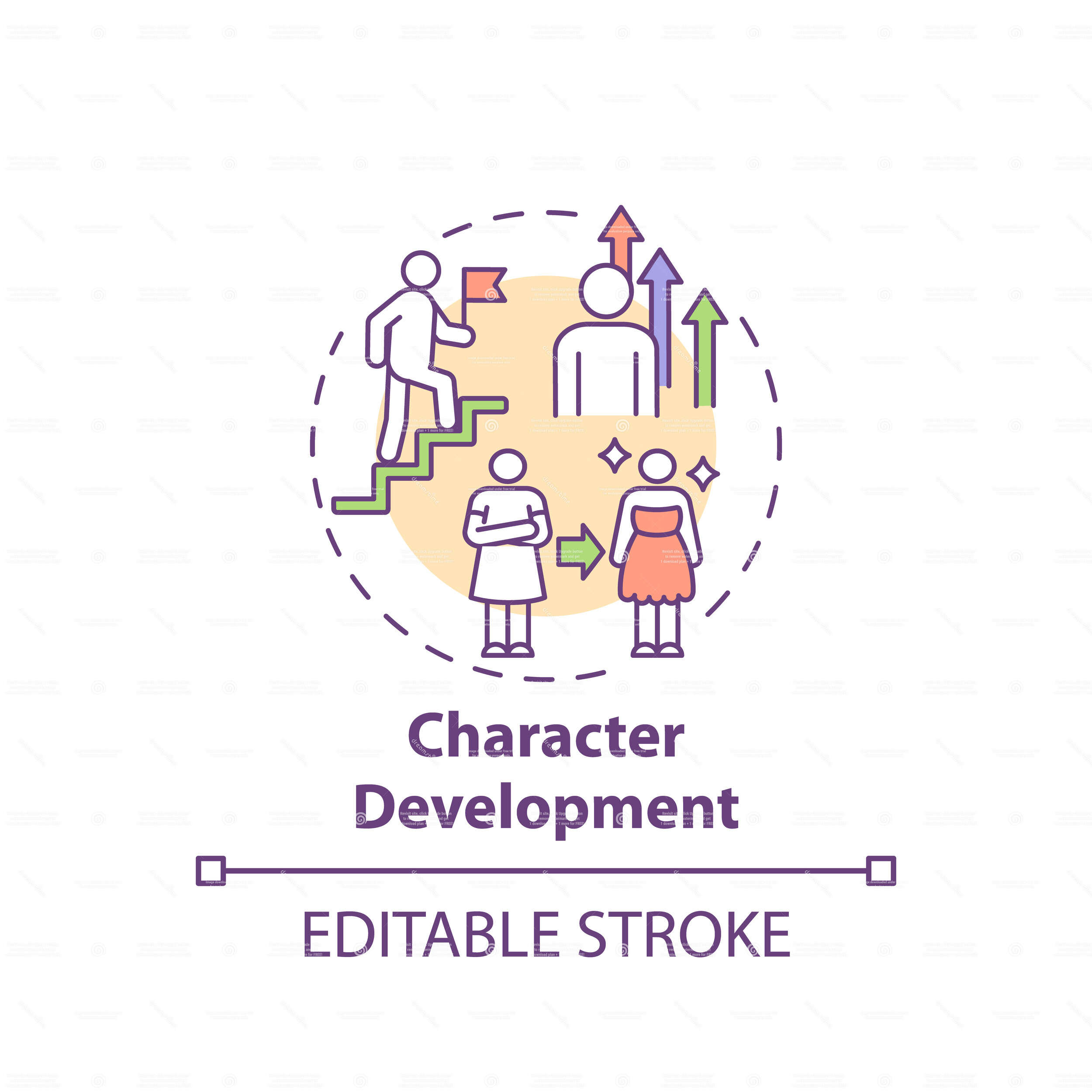Creating Complex Characters
by Victoria Fortune
“There is nothing harder than the creation of a fictional character.”
--James Woods from How Fiction Works
As a writer, there is nothing I have found to be truer than this quote. Back when I was teaching English, I found that complex topics were best approached through cyclical or spiral learning: circling back around to a concept again and again, each time diving deeper. I’m circling back to this topic again, after posting about it in 2017.
In one of the first novel-writing classes I took at Grub Street, Jessamyn Hope introduced the class to the Gotham Writers character questionnaire, which I highly recommend for fleshing out characteristics. My characters went from static snapshots in my mind to moving pictures, like the magical photos in Harry Potter’s world. I didn’t just see my main character’s auburn hair, I saw her brushing her fingers impatiently through her it; I didn’t just know she liked hard-boiled eggs, I pictured her standing over the boiling pot reading a book, in her hopelessly messy apartment with books lining every shelf and piled like end tables around the sofa. I had a stronger sense of who she was, but I still didn’t understand that most essential aspect of any compelling character: her yearning. What is it that she desperately wants?
When I took “Creating Authentic Characters,” taught by nationally recognized family life expert and author Lynne Griffin, the information she presented wasn’t necessarily new—much of it had been in the character questionnaire—but this time it clicked on another level for me. It may have been because I had written enough of the story at that point to better understand my characters. However, Lynne’s analytic approach as a practitioner in the mental health field really resonated with me. She broke the psychology of character down in three illuminating ways that can lead to more complex character development:
Nature/Nurture
Just as with real people, fictional characters are a blend of nature and nurture: that interplay between the characteristics and traits one is born with, and those acquired through life experiences. On the nature side, Lynne noted, are such qualities as a character’s intellectual capacity, temperament (is she shy, anxious, moody, etc?), physical capabilities, and body language/mannerisms. These are the raw material that human beings are born with. On the nurture side are elements such as a character’s physical environment, family history, relationships, influences and personal experiences. It is the chemical reaction, if you will, when the two intersect that makes each person (and character) unique. Creating tension between nature and nurture leads to more dynamic characters.
Elements of Temperament:
One of the trickiest of traits is temperament, which is really a lot of different characteristics bundled together under one term. Lynne provided a chart of nine different elements of temperament (activity, adaptability, distractibility, intensity, mood, persistence, physicality, reactions, and sensitivity) and asked us to consider where our characters fall on the continuum for each element. For example what is the character’s activity level (high energy or low energy)? How adaptable is the character (highly flexible or completely inflexible)? What is his/her general state of mind (pessimistic or optimistic, laid back or anxious) Varying their temperaments can help differentiate characters and heighten conflict.
Domains of Learning
Another aspect of character development is the notion of characters’ Domains of Learning: the primary way in which characters relate to the world. Lynne explained the three domains of learning using the main characters in the Wizard of Oz: Cognitive (head, thinking) is represented by the Scarecrow, Affective (heart, feeling) by the Tin Man, and Psychomotor (hands-on, doing) by the Lion. Every person has each of these, but most people are dominant in one. The characters in Wizard of Oz each bring out their primary mode in Dorothy. Consider which domain your protagonist is most dominant in but be sure to represent all three. (Have you shown how your characters think, how they feel, and how they act/react?) Also be sure you have supporting characters who are dominant in different areas and can challenge or bring out your protagonist’s latent domains.
Analyzing character psychology in this way—separating out the various elements and examining how they interact—can help you create more complex characters. There is a danger in creating characters who are too explainable or consistent. Real people are not consistent, nor are their motivations always clear. Real people have layers—their life experiences sometimes enhancing, sometimes thwarting their natural tendencies, causing them to behave in unexpected, contradictory ways, especially in times of stress.
In Story, legendary screenwriting teacher Robert McKee writes, “Contemporary attitudes tend to favor mono-explanations for behavior, rather than the complexity of forces that’s more likely the case. . . . the more the writer nails motivation to specific causes, the more he diminishes the character in the audience’s mind.” What really makes characters compelling, McKee argues, is dimension, “the least understood concept in character . . . Dimension means contradiction: either within deep character (guilt-ridden ambition) or between characterization and deep character (a charming thief). Characterization, according to McKee, is “the sum of all the observable qualities of a human being,” (much of what is included in the aforementioned questionnaire) while true character is only “revealed in the choices a human being makes under pressure.”
In other words, there is no way to create “true character” by making personality charts, devising elaborate backstories or describing physical characteristics. These can all contribute to compelling characterization, especially when used to create consistent contradictions; but as in life, it is only when characters are forced to make choices under pressure that we discover their “true character.” This is often why it takes actually writing the story to begin to understand your characters. Like real people, true characters will inevitably surprise us. “A hidden nature waits concealed behind a façade of traits.” (McKee)
Image Credit: ID 159169831 © Stuart Miles | Dreamstime.com





